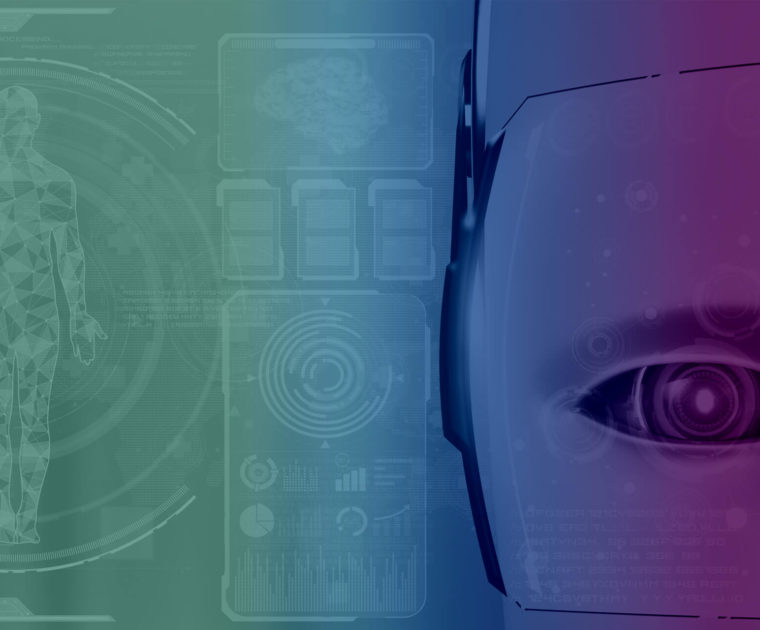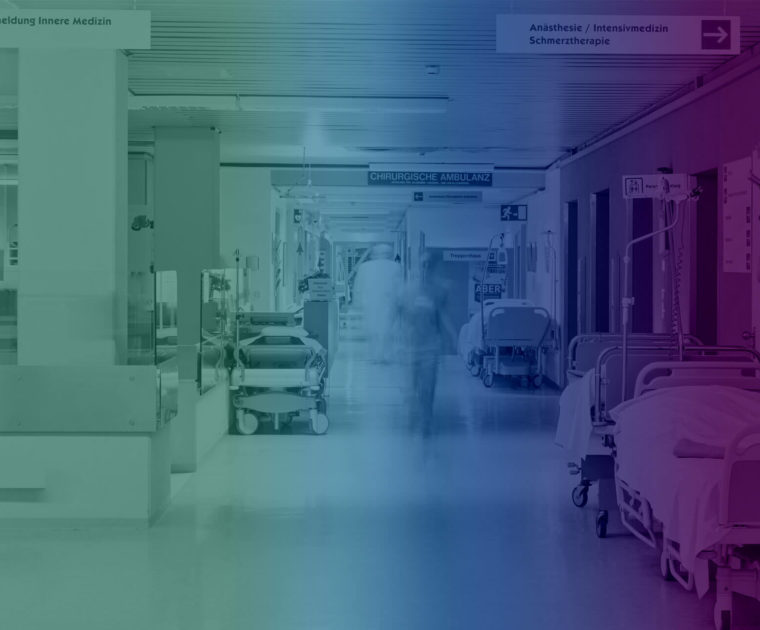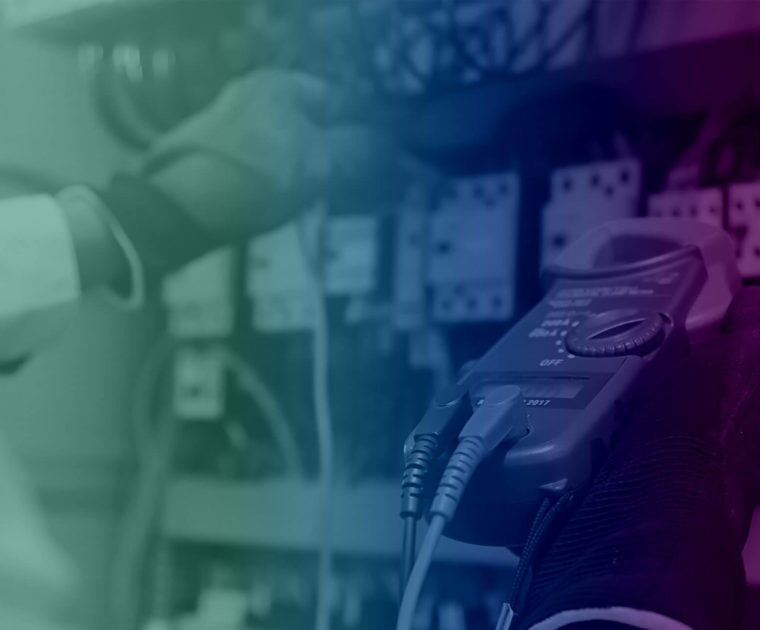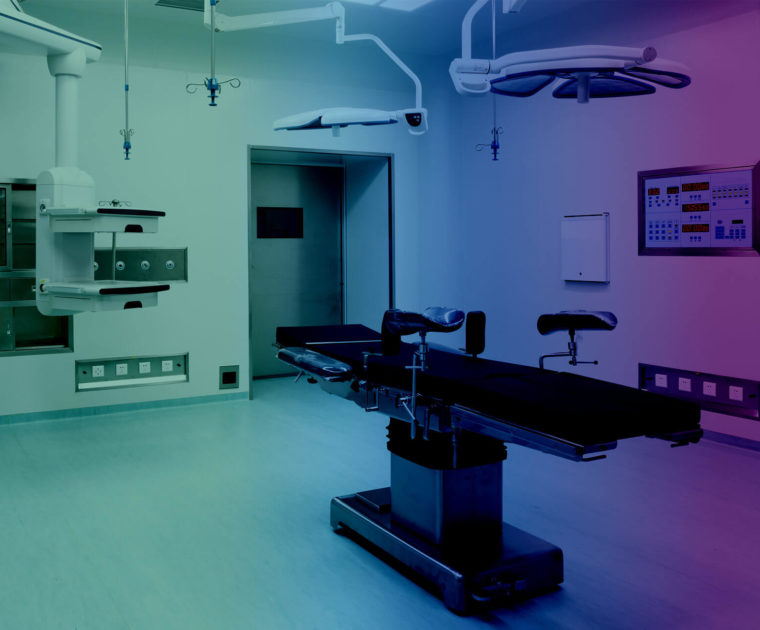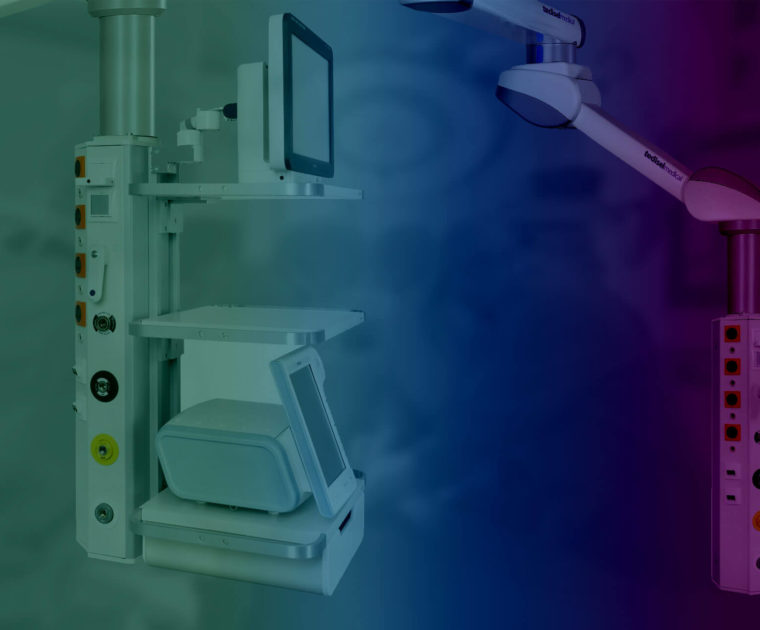Hospital design, in recent years, has been evolving at high speed, gradually incorporating elements and concepts that respond to the needs of patients, families and healthcare personnel.
Not surprisingly, we are increasingly aware of the brutal effect of hospitals on the planet in terms of carbon footprint, energy consumption, the production of carcinogenic dioxins due to the incineration of hospital waste, etc.
Thus, health centers are facilities that, in order to provide quality and warm health care, cannot ignore the technical, technological, administrative and ethical connotations that this matter carries with it.




